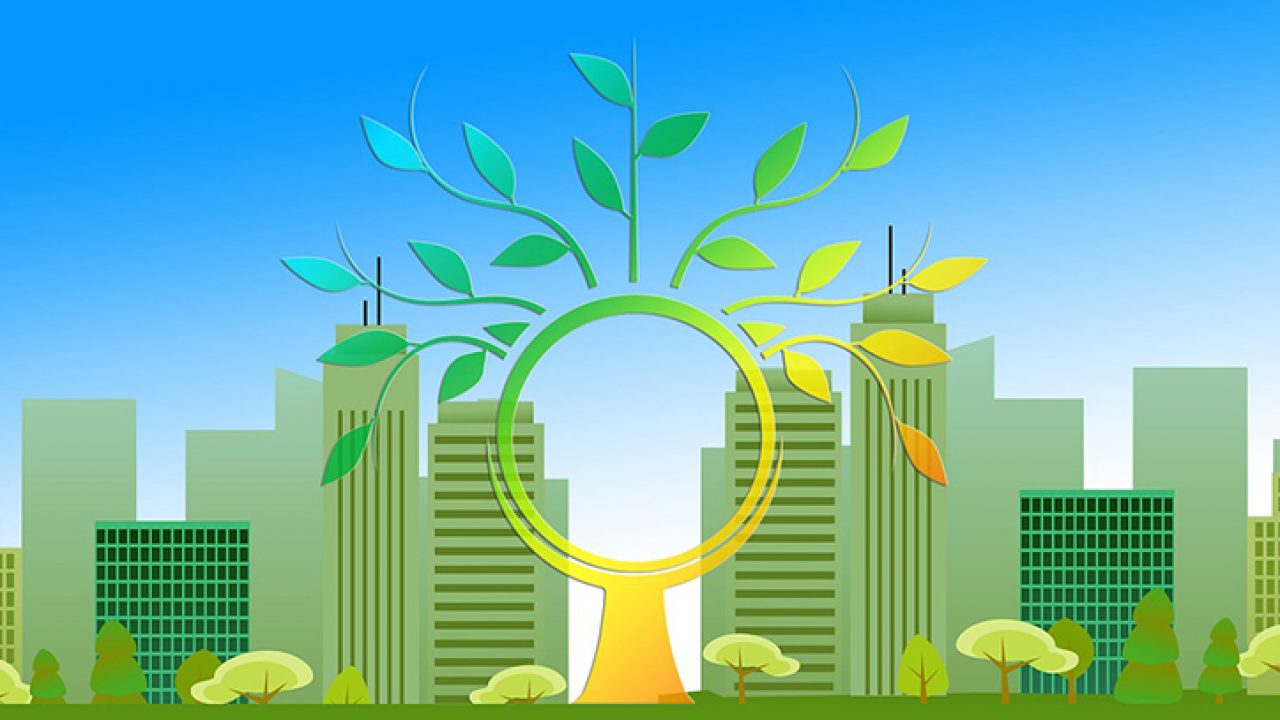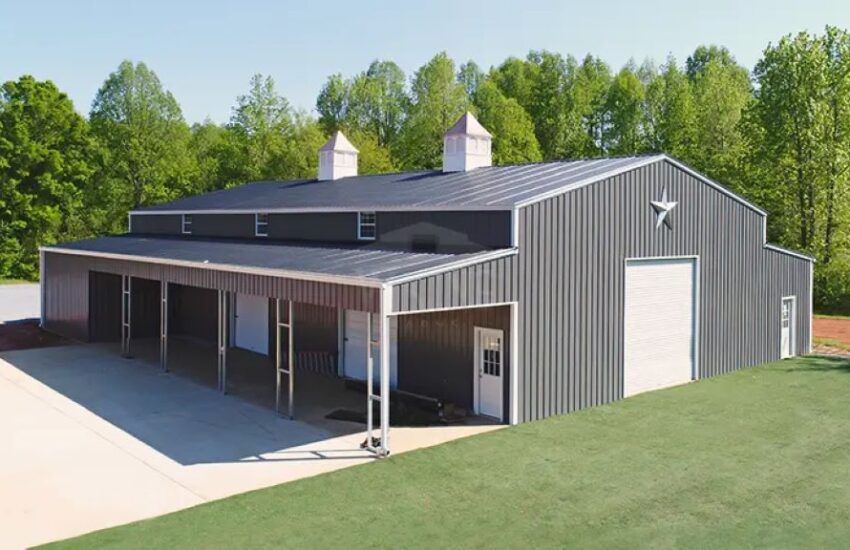With rising energy costs and a growing focus on environmental sustainability, improving energy efficiency in buildings has become a priority for homeowners and businesses alike. Whether you’re managing a large office complex or looking to optimize your cozy condo, there are a range of strategies you can implement to reduce your energy consumption and save money on utility bills.
This article dives into practical steps you can take to enhance your building’s energy efficiency, from low-cost behavioral changes to more significant upgrades. We’ll explore key areas for improvement and provide valuable insights for both beginners and those with some existing knowledge.
Understanding Energy Consumption
Before tackling improvements, it’s crucial to understand where your building’s energy is being used. Most utility companies offer online tools or detailed breakdowns on your monthly statements. Look for categories like heating, cooling, ventilation, lighting, and appliances. Identifying the biggest energy guzzlers will help you prioritize your efficiency efforts.
Optimizing Building Practices
Harnessing Natural Light: Daylight is a free and efficient way to illuminate your space. Maximize natural light by strategically placing furniture, trimming overgrown landscaping near windows, and considering skylights in suitable areas. Utilize light shelves to reflect sunlight deeper into the room.
Smart Ventilation: Proper ventilation is essential for good indoor air quality, but uncontrolled airflow can waste energy. Look into Energy Recovery Ventilators (ERVs) that pre-condition incoming air using outgoing air, reducing the heating or cooling load on your HVAC system.
Strategic Sealing: Air leaks around windows, doors, and other building envelope penetrations can significantly impact energy use. Seal these leaks using caulk, weatherstripping, or other appropriate methods to prevent conditioned air from escaping.
Temperature Control: Adjusting thermostats is a simple yet effective way to save energy. Implement programmable thermostats to automatically adjust temperatures when the building is unoccupied. In cooler climates, consider lowering the thermostat at night and using warm blankets for added comfort.
Upgrading Building Systems
Insulation Matters: Proper insulation in walls, attics, basements, and crawl spaces plays a critical role in maintaining comfortable indoor temperatures. Consider adding insulation or upgrading existing insulation to recommended levels for your climate zone.
Energy-Star Certified Appliances: Replace old, inefficient appliances with Energy Star-certified models. These appliances are rigorously tested and proven to use significantly less energy. While the upfront cost may be higher, the long-term savings on your energy bills can be substantial.
HVAC System Optimization: Regularly maintain your HVAC system for peak performance. Clean or replace air filters according to the manufacturer’s recommendations, and schedule professional inspections to ensure your system is operating efficiently. Consider upgrading to a high-efficiency HVAC system if your current one is nearing the end of its lifespan.
LED Lighting Revolution: Transitioning from traditional incandescent bulbs to LED lighting is a simple yet impactful way to save energy. LEDs use up to 75% less energy and last significantly longer, reducing long-term replacement costs.
Leveraging Technology and Smart Practices
Building Automation Systems (BAS): For larger buildings, consider implementing a BAS to monitor and control various systems like lighting, HVAC, and ventilation. These systems can automate tasks based on occupancy and weather conditions, optimizing energy use throughout the day.
Smart Power Strips: Use smart power strips to automatically cut power to electronics on standby when not in use. This can significantly reduce phantom energy drain, those small amounts of power electronics continue to use even when turned off.
Occupancy Sensors: Install occupancy sensors in areas like restrooms, conference rooms, and hallways to automatically switch lights on and off based on occupancy. This eliminates unnecessary energy use in spaces that are frequently unoccupied.
Behavioral Changes Make a Difference
Unplug Unused Electronics: Don’t just turn off electronics; unplug them completely to eliminate phantom energy drain.
Air Dry Dishes: Skip the electric drying cycle on your dishwasher and let dishes air dry whenever possible.
Wash Clothes in Cold Water: Most laundry detergents are formulated to clean effectively in cold water. Opting for cold water washes can significantly reduce the energy used by your washing machine.
Embrace Sustainable Habits: Encourage building occupants to adopt sustainable practices like taking shorter showers, using energy-efficient light bulbs in personal workspaces, and turning off lights when leaving a room.
Additional Considerations: Renewable Energy Integration
For those looking to take their energy efficiency efforts to the next level, consider integrating renewable energy sources like solar panels. While the initial investment might be higher, solar panels can significantly reduce your reliance on the grid and provide long-term cost savings.

Financing Energy Efficiency Upgrades
Many government agencies and utility companies offer financial incentives like tax credits, rebates, or low-interest loans to encourage energy efficiency improvements. Researching these programs can help offset the upfront costs of upgrades and make energy efficiency projects more accessible.
Beyond the Basics: Deep Dives for the Enthusiast
For those with some existing knowledge about building energy efficiency, here are some additional considerations to explore:
-
Building Envelope Improvements: A building’s envelope refers to the physical barrier separating the conditioned space from the outdoors. Conducting a building envelope assessment can identify areas for improvement, such as adding weather stripping, sealing air leaks, or upgrading windows to more energy-efficient models.
-
Home Energy Audits: A professional home energy audit provides a comprehensive analysis of your building’s energy use. This can identify specific areas for improvement and recommend cost-effective upgrades with estimated payback periods.
-
Passive House Design Principles: Passive house design focuses on creating highly energy-efficient buildings that minimize the need for mechanical heating and cooling. While this approach often applies to new construction, some passive house principles can be adapted to existing buildings.
-
Building Energy Modeling: Building energy modeling software allows you to simulate the energy performance of a building under different design scenarios. This can be a valuable tool for evaluating the potential impact of various energy efficiency upgrades.
Related: Free Home Energy Assessment: A Step Towards Energy Efficiency
Conclusion: Building a Sustainable Future
By implementing the strategies outlined in this article, you can significantly improve your building’s energy efficiency. Remember, even small changes can make a big difference. The combined impact of these efforts translates to cost savings on your energy bills, a reduced environmental footprint, and a more comfortable living or working environment.
As you embark on your energy efficiency journey, keep in mind that this is an ongoing process. Regularly monitor your energy consumption and adapt your strategies as needed. Consider conducting energy audits periodically to identify new areas for improvement.
The road to energy efficiency isn’t a one-size-fits-all journey. The specific strategies you choose will depend on your building type, climate zone, budget, and priorities. However, by taking action, you’re contributing to a larger movement towards a more sustainable future. By making our buildings more efficient, we can collectively reduce our reliance on fossil fuels and create a cleaner, healthier environment for generations to come.








